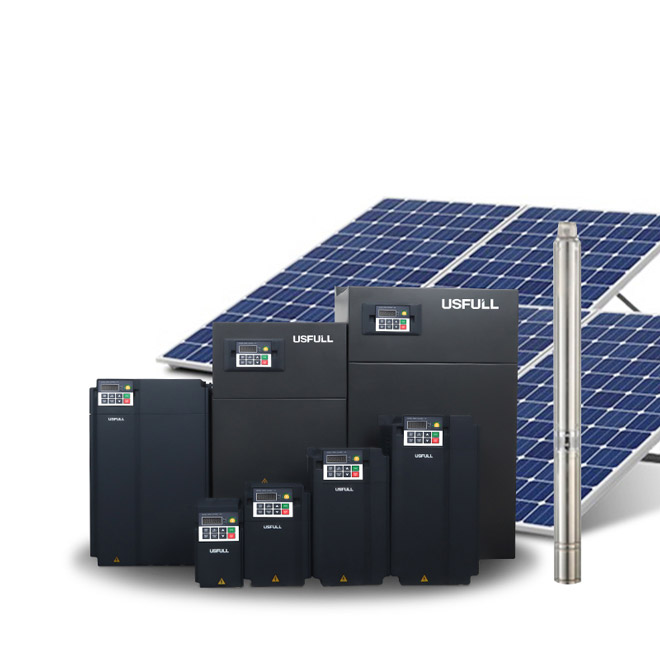Quels sont les facteurs à prendre en compte lors du choix d'un disjoncteur à courant continu ?
Lors du choix d'un Disjoncteur DC (courant continu)Lorsque l'on choisit un système électrique, plusieurs facteurs doivent être pris en compte pour garantir un fonctionnement sûr et fiable du système électrique. Voici quelques facteurs importants à prendre en compte lors du choix d'un Disjoncteur DC:

1. l'évaluation du courant :
Le premier élément à prendre en compte est le courant nominal du disjoncteur. Le courant disjoncteur doit être dimensionné pour le courant maximum que le panneau solaire ou la chaîne de panneaux peut générer dans des conditions de fonctionnement normales. Par exemple : disjoncteur CC de 100 ampères, disjoncteur CC de 100 A, disjoncteur CC de 200 ampères, disjoncteur CC de 250 A, etc.
2. tension nominale :
La deuxième considération est la tension nominale du disjoncteur. Le disjoncteur doit être dimensionné pour la tension maximale des panneaux solaires ou de la chaîne de panneaux. Par exemple, 12V Disjoncteur DC, 24V Disjoncteur DCet d'autres.
3. capacité de rupture :
Le pouvoir de coupure est le courant maximal qu'un disjoncteur peut se rompre en toute sécurité sans être endommagé. Choisissez un disjoncteur dont le pouvoir de coupure est supérieur au courant maximal pouvant circuler dans le circuit.
4.Courbe de déclenchement:
La courbe de déclenchement est la réponse caractéristique du disjoncteur à différents niveaux de surintensité. Choisissez un disjoncteur dont la courbe de déclenchement correspond aux exigences de votre application. Par exemple, une courbe de déclenchement rapide peut être nécessaire pour une charge sensible, tandis qu'une courbe de déclenchement lente peut être nécessaire pour un circuit de démarrage de moteur.
5. plage de température:
Le disjoncteur doit pouvoir fonctionner dans la plage de température du panneau solaire ou de la chaîne de panneaux.
6. type de boîtier :
Le disjoncteur doit être installé dans un boîtier approprié pour le protéger des facteurs environnementaux tels que l'humidité et la poussière.

7.Type :
Disjoncteurs DC sont disponibles en différents types, notamment thermomagnétiques, magnétiques purs et à l'état solide. Le type de disjoncteur que vous choisissez dépend des besoins spécifiques de votre application.
8.Enclosure :
Disjoncteurs DC sont disponibles dans une variété de types de boîtiers, y compris le cadre ouvert, le boîtier moulé et le montage sur rail DIN. Le choix du type de boîtier dépend du site d'installation et des conditions environnementales. En tenant compte de ces facteurs, vous pouvez choisir le disjoncteur CC adapté à votre application spécifique - disjoncteur CC pour batterie, disjoncteur CC pour énergie solaire et autres - afin de garantir un fonctionnement sûr et fiable de votre système électrique.
Comment calculer le calibre d'un disjoncteur CC ?
Le calcul de la taille d'un disjoncteur CC (courant continu) implique de prendre en compte le courant nominal et les caractéristiques du circuit. Voici un guide général sur la manière de calculer la taille appropriée d'un disjoncteur à courant continu :
1. déterminer le courant:
Déterminez le courant maximal qui circulera dans le circuit. Il peut s'agir de la somme des courants de tous les appareils connectés au circuit.
2. choisir une marge de sécurité:
Il est courant d'ajouter une marge de sécurité au courant calculé pour s'assurer que le disjoncteur peut supporter des pointes ou des surcharges occasionnelles sans se déclencher inutilement. Une marge de sécurité typique pourrait être d'environ 25% à 50% par rapport au courant calculé.
3. choisir le calibre du disjoncteur :
Une fois que vous avez obtenu la valeur du courant ajusté, sélectionnez le calibre du disjoncteur standard le plus proche qui est égal ou légèrement supérieur au courant ajusté. Les valeurs nominales des disjoncteurs sont généralement disponibles dans des valeurs standard telles que 5A, 10A, 15A, 20A, etc.
4. vérifier la tension du circuit :
Assurez-vous que la tension nominale du disjoncteur sélectionné est égale ou supérieure à la tension du circuit. L'utilisation d'un disjoncteur dont la tension nominale est inférieure à celle du circuit peut être dangereuse.
5. considérer le type de circuit :
Les différents types de circuits peuvent avoir des exigences spécifiques. Par exemple, les charges inductives (comme les moteurs) et les charges capacitives peuvent nécessiter des considérations différentes en raison de leurs caractéristiques uniques.
6. tenir compte des conditions particulières :
Si le circuit est soumis à des courants élevés intermittents (tels que les courants de démarrage des moteurs), il peut être nécessaire de choisir un disjoncteur avec un pouvoir de déclenchement plus élevé pour éviter les déclenchements intempestifs.
7. se référer aux directives du fabricant:
Reportez-vous toujours aux directives et aux spécifications du fabricant du disjoncteur que vous utilisez. Elles peuvent fournir des indications ou des recommandations supplémentaires sur le dimensionnement du disjoncteur.
Conclusion:
En tenant compte de ces facteurs, vous pouvez choisir un disjoncteur solaire à courant continu qui assurera une protection fiable et sûre de votre système solaire photovoltaïque. Il est toujours recommandé de consulter un installateur solaire ou un électricien qualifié pour s'assurer que le disjoncteur est correctement sélectionné et installé en fonction des exigences spécifiques de votre système. La marque USFULL peut être votre choix !




